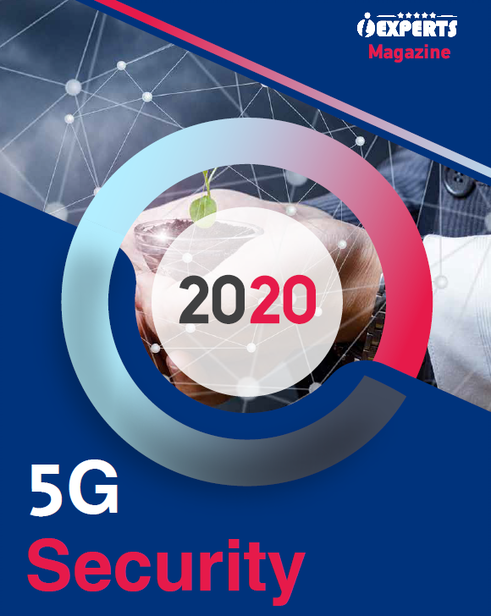5G Security

5th generation of wireless network technology is going to revolutionize mobile networking with exponential download speeds comparatively 10 to 100 times faster than the 4G network. 5G uses a higher frequency of 28GHz used by Verizon and 39 GHz used by AT&T under Frequency range 2 compared to 700MHz – 2500MHz of 4G. In Frequency range1 5G works on sub6 Band which is from 600MHz to 6GHz which is also part of the 4G LTE bandwidth. 5G networks use small cells which is a smaller version of the cellular tower and also uses a technique called beamforming which helps to efficiently aim transmission rather than relaying everything everywhere. Even though 4G LTE is faster, due to more devices getting connected to the network we face a slowdown. Due to the high bandwidth in 5G, the download speed can go up to and beyond 1Gbps whereas 4G download speed goes up to 200Mbps. When talking about latency, 4G has a latency of approximately 100 milliseconds response time. But in 5G the response time is just 1 millisecond. Approximately 4000 devices per square kilometre can be used within the same geo-location in 4G whereas 5G supports connectivity of around one million devices. This will increase the connectivity of people as even people who lacked the internet once will get easy access to it. In short, 5G is faster, more responsive; uses less power, more reliable, can carry more devices than 4G.
When talking about security, the deployment of 5G, and with more devices getting connected will be susceptible to cyber-attacks. With the high speed of connectivity, it will be easy for an attacker to get into a network using the security loophole even before we realize that we are under attack and they may even bring down an entire infrastructure or takedown power grids faster than we can prevent. Basically, 5G will worsen the current threats and will definitely introduce a new type of attack on the go. As far as cyber-attack is concerned the world is already witnessing a fair share of Malware, Ransomware, Cryptojacking, data breaches, identity theft, etc. With the launch of 5G, these types of attacks will be on rising. Since one of the chief benefits of 5G is the ability to connect more and more devices to the IoT, this “also increases the threat vectors for hackers,” according to HackerNoon.com. Another potential “worst-case scenario” outlined by HackerNoon: “Faster networks can also mean faster ways for viruses and malware to spread. If more users are on the network, then you also have the potential for more infected devices and systems than ever before.”
Considering the 5G scenario as it uses high frequency, the signal strength will weaken with longer distance. This covers a small area and is capable of super-fast data transmission, but these waves can’t penetrate the buildings. Due to its limitation, more transmitters are used compared to 4G which uses fewer transmitters as its wave travels longer than 5G signal. The network becomes decentralized and moves from hardware-based switching to distributed, dynamic software-based digital routing. This means Conducting a Cybersecurity Audit or Testing is quite difficult as it removes hardware choke points where cyber hygiene could be practiced. The current network is limited in speed and capacity which helps the network providers to monitor security in real-time. When coming to 5G, due to its high-speed connectivity real-time monitoring is difficult and this, in turn, will force the security teams to come up with new ideas and create new methods to identify and stop Cyber-attacks.
The dramatic expansion of bandwidth increases the attack avenues. Low-cost, short-range, small cell antennas are deployed throughout the connectivity area and this becomes the new target for hackers. These cell sites will use dynamic spectrum sharing in which multiple streams of information share the bandwidth called slices. As the software allows the network to shift dynamically, the protection mechanism also should be dynamic rather than relying on the same common method of security. IoT is a big thing and the number of connected devices has increased exponentially, Securing IoT has become a serious concern and as we know many manufacturers are not prioritizing security which in turn results in many lower-end IoT devices that lack security. With 5G billions of smart devices get connected to the network resulting in billions of vulnerabilities ready to be exploited which ranges from human wearable to medical equipment to battlefield things to public safety things.
We can witness a wide variety of attacks such as Distributed Denial of Service, Botnet Attacks, Location Tracking and Call Interception, Man-in-the-Middle attack, etc. taking place using the newfound techniques and vulnerabilities.
Rajivarnan R
CEO & Security Researcher at Cyberarch Consulting OÜ
Estonia

